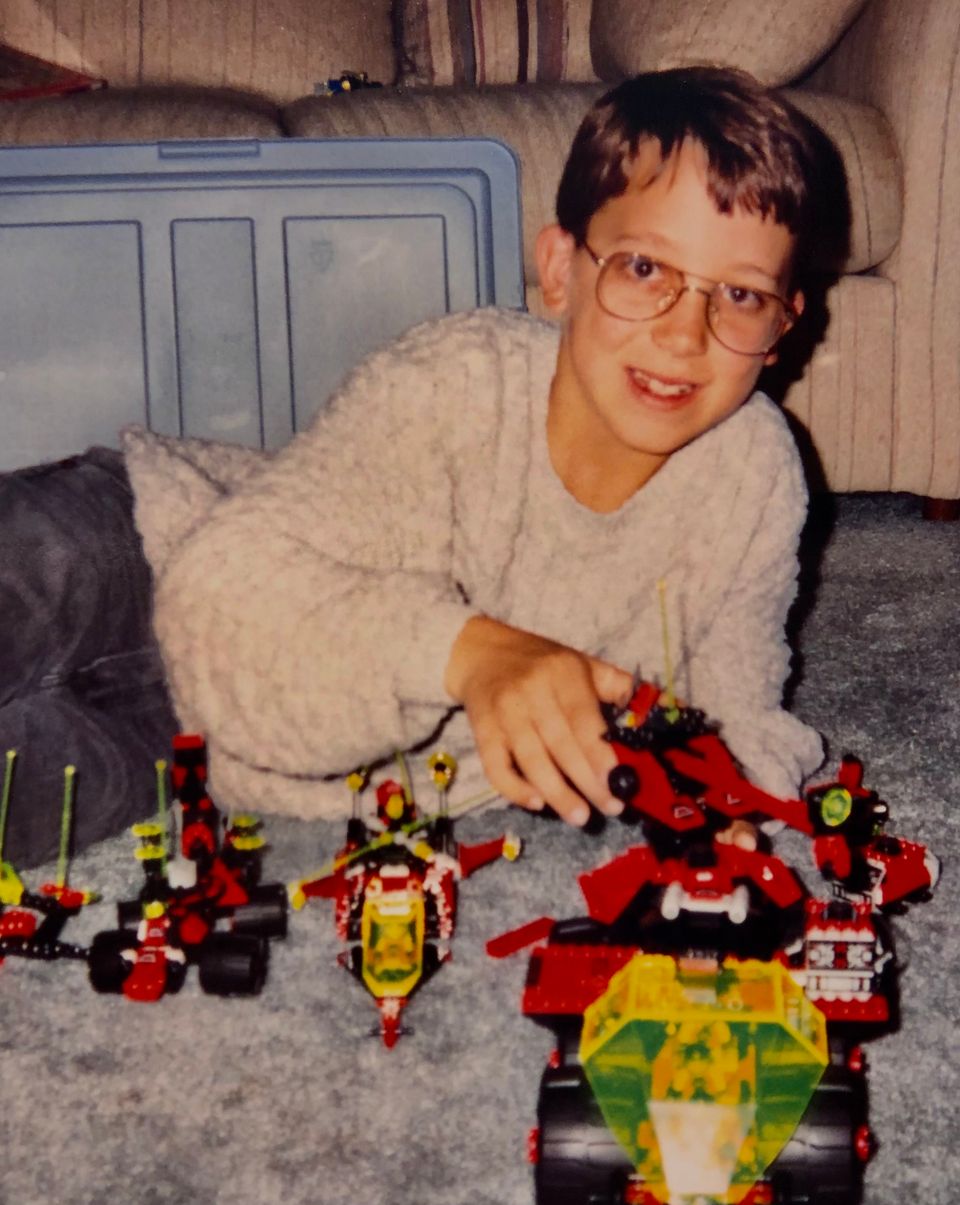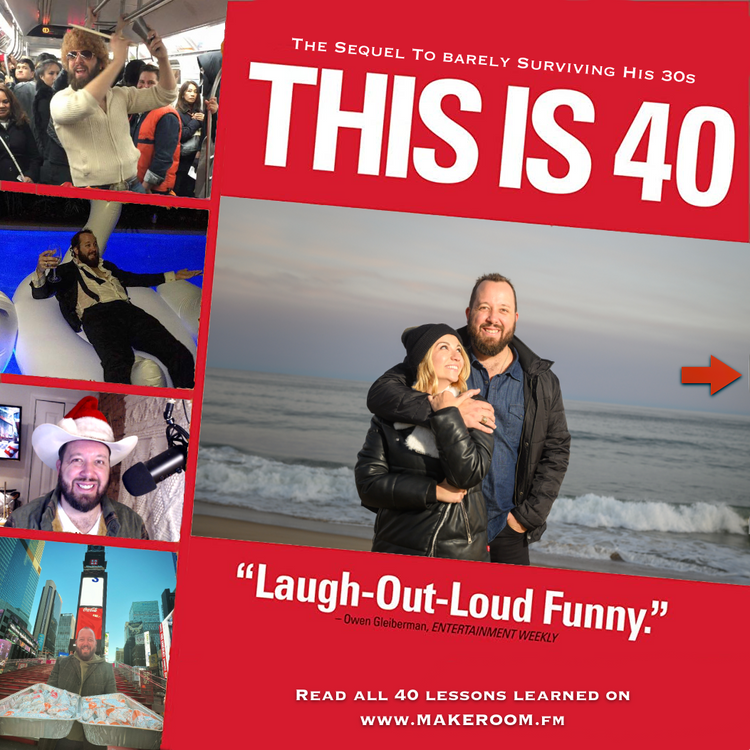12/40 - Piece By Piece

One of the most important skills to develop is the ability to not only see what is there, but what could become. I was reminded of this most recently last year when Josh Wolfe tweeted about the investing themes and thesis of Lux Capital regarding scientific instrumentation and what they call "the tech of science." One of the replies to the tweet was referencing a Fast Company article from 2002 that said:
On to the experiment. Imagine four scenarios: someone skiing, someone power-boating, someone bicycling, and a boy playing with a toy tank. Break down each domain into its component parts: For skiing, there would be snow, chairlifts, skis, hot chocolate, and so on. Within their domain, the parts have directly identifiable relationships with one another. But scramble together the parts from the four domains, and suddenly it's hard to determine any relationships at all. We are thrown into chaos.
Now, Spinney instructs, take one part from each scene: From skiing, select the skis; from power boating, the motor; from bicycling, the handlebars; and from the boy with his toy tank, the treads. What do these elements have to do with one another? At first, seemingly nothing because we still think of them in terms of their original domains. But bring the parts together, and you've used your creative pattern-recognition skills to build ... a snowmobile.
"A winner," Boyd concluded, "is someone who can build snowmobiles ... when facing uncertainty and unpredictable change."
I'd never been more excited to see something come across my screen. That specific Twitter interaction sent me down one of the best rabbit holes of my life and dictated a lot of what I read and watched for months on end.





